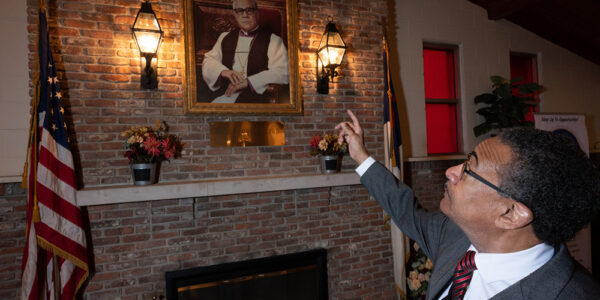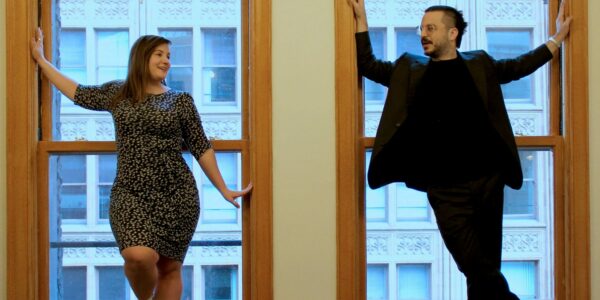Preservation Futures, in text and media
Preservationists protest Thompson Center sale
About two dozen people gathered outside the James R. Thompson Center on Wednesday to protest the state’s ongoing efforts to sell the glassy state office building, which preservation groups call an iconic and integral component to Chicago’s downtown.
The Thompson Center, a blend of patriotism and Postmodernism, should be a Chicago landmark
The Thompson Center was designed to be a resource for the public to engage in both commerce and citizenship, and it met those goals well. In 2015, architecture critic Lee Bey called it “one of the finest — and most used — indoor public spaces in the state”...
Bishop Louis Henry Ford, Namesake Of Freeway And Eulogist At Emmett Till's Funeral, Was Chicago's 1st Historic Preservationist
Chicago’s oldest house, the 1836 Henry B. Clarke House, was bought by Bishop Ford in 1941 and cared for by Ford and the St. Paul Church of God in Christ until it became a city-run house museum in 1982...

Research, Action and Design: Preservation Futures Seeks to Elevate the Social and Cultural History Embedded in Places and Spaces
Preservation Futures is set to explore the future of historic preservation through research, action and design—but the Chicago-based firm does things differently...

Why a Chicago Historic Preservation Plan Collapsed
Fears of gentrification doomed a long-planned effort to landmark Chicago’s Pilsen neighborhood. For historic preservation advocates, that failure may be an instructive lesson...
Chicago can better protect its historic architecture with a new survey of old buildings
While the Chicago Historic Resources Survey (CHRS) was well-intentioned, giving it the nostalgic treatment in a recent article — a veneration of the days when preservationists drove around in a Chevette, unknowingly determining the fate of thousands of historic buildings — takes away from what it represents: a policy failure...
Commentary: Keep Chicago's Pedway perfectly confusing
Well-signed spaces are generally those you are supposed to move through quickly but not stay in: airports, train stations, shopping malls, tourist towns. But cities, in their rich complexity, are meant to be learned by being traversed, and engaged citizens are encouraged to be in them, not just pass through them...
Helmut Jahn's James R. Thompson Center and the Aesthetics of Postmodern Citizenship
One does not need to look very far in architectural circles to see that postmodern aesthetics—signature colors and shapes of the 1980s now deployed as jaunty retorts to the seriousness of the last decade’s computational forms—are back in style...
Chicago needs a new architectural survey to protect its modern gems
The aging Chicago Historic Resources Survey, or CHRS, is Chicago’s benchmark document for determining what the city considers historic. However, without contemporary updates, it fails to protect modern (and postmodern) architectural heritage and leaves vernacular structures regularly at risk for demolition...
Understanding Chicago's Vernacular Architecture
Simply put, vernacular architecture is architecture without architects. In Chicago, vernacular architecture is the built language of our neighborhoods. Ubiquitous but never boring, vernacular architecture establishes a strong sense of place...